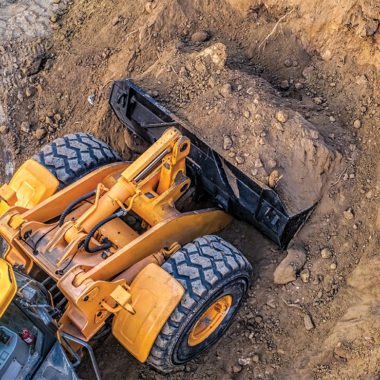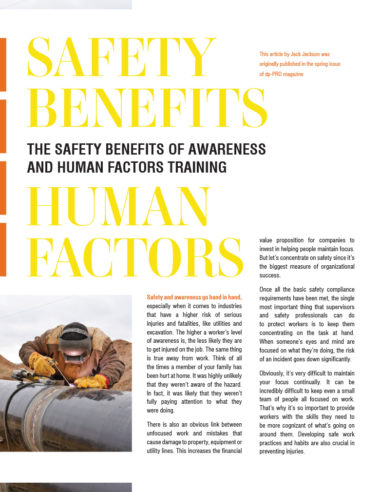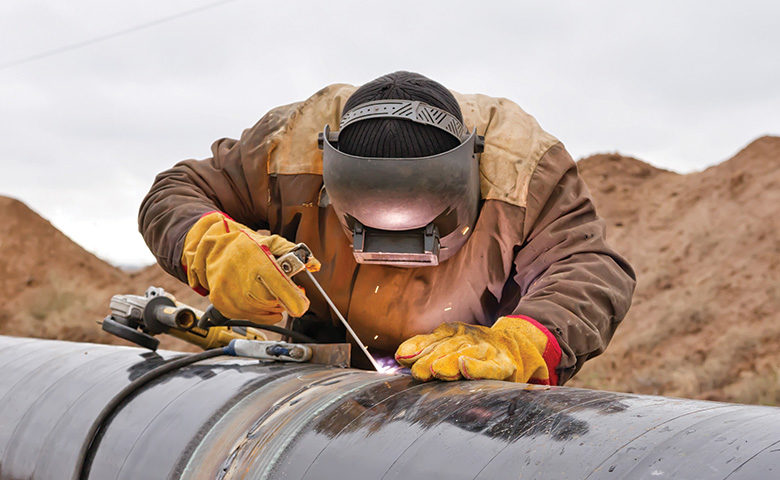This article by Jack Jackson was originally published in the
spring issue of dp-PRO magazine
Safety and awareness go hand in hand, especially when it comes to industries that have a higher risk of serious injuries and fatalities, like utilities and excavation. The higher a worker’s level of awareness is, the less likely they are to get injured on the job. The same thing is true away from work. Think of all the times a member of your family has been hurt at home. It was highly unlikely that they weren’t aware of the hazard. In fact, it was likely that they weren’t fully paying attention to what they were doing.
There is also an obvious link between unfocused work and mistakes that cause damage to property, equipment or utility lines. This increases the financial value proposition for companies to invest in helping people maintain focus. But let’s concentrate on safety since it’s the biggest measure of organizational success.
Once all the basic safety compliance requirements have been met, the single most important thing that supervisors and safety professionals can do to protect workers is to keep them concentrating on the task at hand. When someone’s eyes and mind are focused on what they’re doing, the risk of an incident goes down significantly.
Obviously, it’s very difficult to maintain your focus continually. It can be incredibly difficult to keep even a small team of people all focused on work. That’s why it’s so important to provide workers with the skills they need to be more cognizant of what’s going on around them. Developing safe work practices and habits are also crucial in preventing injuries.
 Awareness is like a muscle—no one can build it for you, just as no one can force you to pay attention to safety issues. But with the right training and support, it’s possible to learn to focus on the right things and, in the end, improve one’s safety awareness.
Awareness is like a muscle—no one can build it for you, just as no one can force you to pay attention to safety issues. But with the right training and support, it’s possible to learn to focus on the right things and, in the end, improve one’s safety awareness.
In my experience, there are a few main sources of distraction that pull people’s attention away from the things that could injure them. Take fatigue as an example. The AAA Foundation for Traffic Safety estimates that 21% of all fatal crashes are a result of driver fatigue. Similarly, injury rates tend to spike at the end of a shift or a rotation when workers are likely to be tired.
When people are tired, they find it harder to concentrate on what they’re doing and easier to overlook a potential hazard nearby. The same is true when we’re rushing or frustrated, as it can lead workers to barrel ahead with a task and lose awareness of their surroundings.
Human factors like fatigue, rushing, and frustration—along with other physical and psychological states such as confusion, illness and complacency— can alter how workers think and act. And when that happens, a near-miss, injury or fatality is just waiting to happen.
Most companies spend most of their time, energy, and dollars on equipment. However, they should be spending more effort on educating workers on how our own human factors play a role in our injuries, errors and mistakes. We want to ensure that workers understand the basic concepts, as well as practical applications, that will give them the opportunity to put their knowledge to use.
By beginning to hone their awareness in a supportive training environment, employees can start integrating their knowledge of human factors into everyday work practices and reducing their risk of injury as a result. When awareness is up, not only are injuries down, but damages are avoided, equipment mishaps are averted, and less time is wasted on setbacks caused by mistakes.
William “Jack” Jackson is a senior safety consultant at SafeStart. He holds a Bachelor of Science in Mechanical Technology and uses his manufacturing, military and sports experience to provide engaging training session that teach participants that “safety is always first.” Learn more at safestart.com/jack.

Get the PDF version
You can download a printable PDF of the article using the button below.

